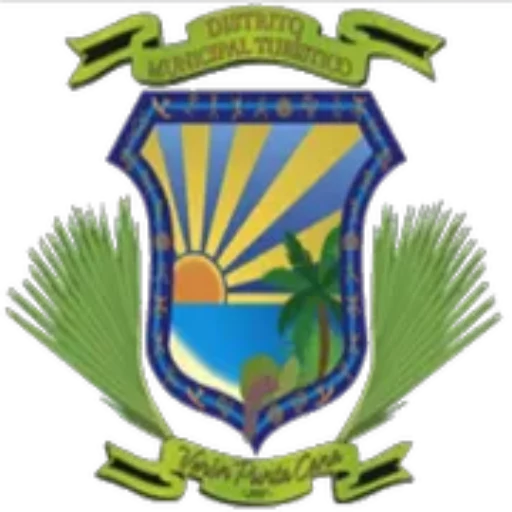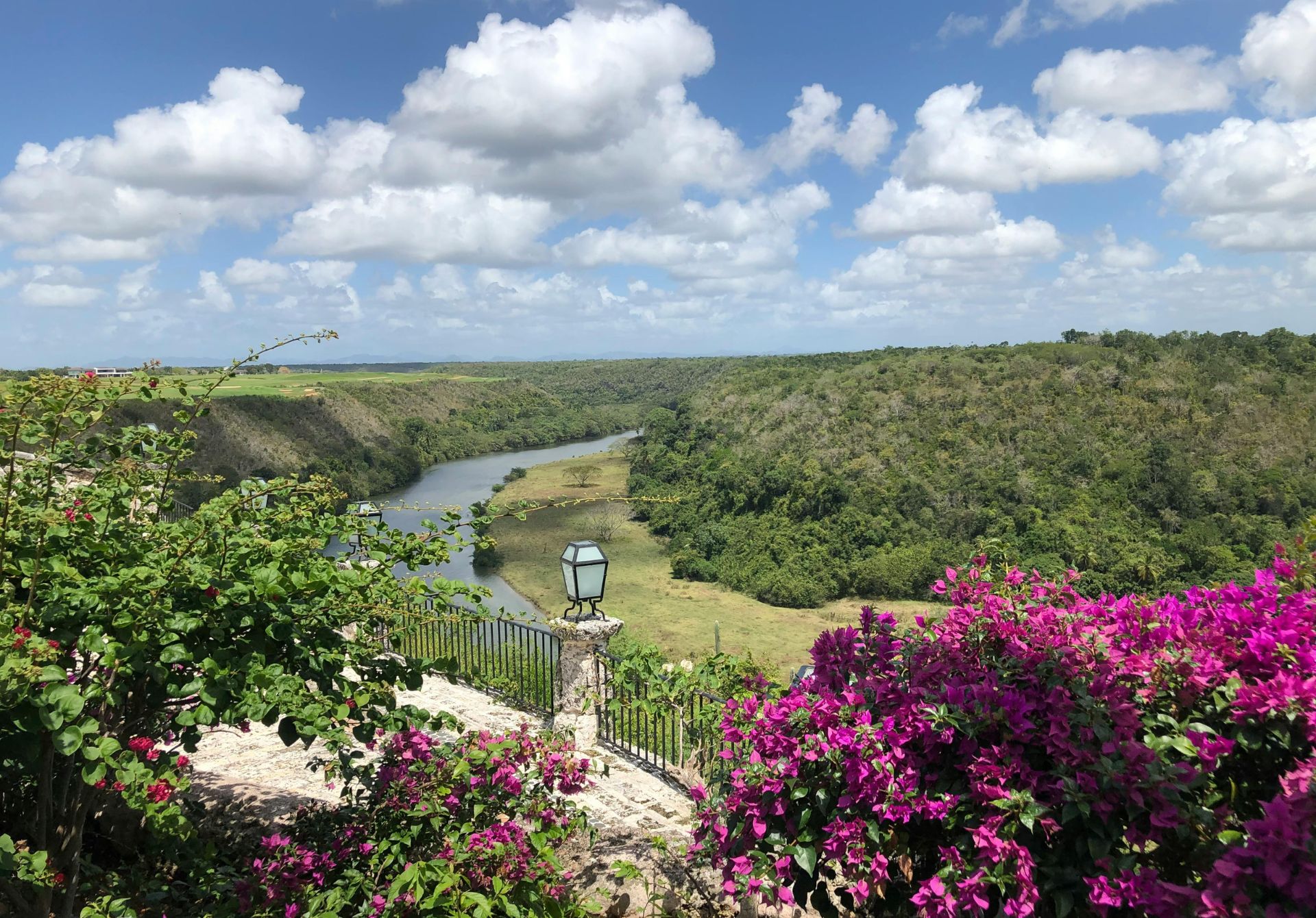Perched atop the Chavón River in La Romana, Dominican Republic, Altos de Chavón stands as a remarkable recreation of a 16th-century Mediterranean village. Constructed in 1976 by industrialist Charles Bluhdorn and designed by Dominican architect José Antonio Caro and Italian designer Roberto Coppa, this architectural marvel was built using local materials, including coral stone and terracotta.
Cultural Heart of the Dominican Republic
The village serves as a cultural center, hosting the prestigious Altos de Chavón School of Design, affiliated with Parsons School of Design in New York. The school attracts students from across the Caribbean and Latin America, fostering a vibrant artistic community that contributes to the Dominican Republic’s creative landscape.
Architectural Highlights
Notable features include the stunning St. Stanislaus Church, which has become a popular wedding destination, and the 5,000-seat Grecian-style amphitheater that has hosted performances by artists like Frank Sinatra, Andrea Bocelli, and Jennifer Lopez. The village’s artisan workshops, where local craftsmen create and sell traditional handicrafts, provide visitors with authentic Dominican cultural experiences.
Punta Cana: Paradise Found
Located on the easternmost tip of the Dominican Republic, Punta Cana has transformed from a remote beach destination to one of the Caribbean’s most visited resort areas. The region welcomes approximately 3.5 million visitors annually, accounting for 60% of all tourism in the Dominican Republic.
World-Class Beaches
Punta Cana boasts over 50 kilometers of pristine coastline, known as the Coconut Coast for its abundant palm trees. The area’s most famous beaches include Bávaro Beach, consistently ranked among the world’s top 10 beaches, and Macao Beach, recognized by UNESCO for its natural beauty and optimal surfing conditions.
Tourism Infrastructure
The region features over 45,000 hotel rooms across more than 100 resorts. The Punta Cana International Airport (PUJ) serves as the busiest airport in the Caribbean, handling over 8 million passengers in 2023. The area’s golf courses, designed by legends like Jack Nicklaus and Tom Fazio, have earned Punta Cana recognition as the Caribbean’s golf capital.
Environmental Conservation
Despite rapid development, Punta Cana maintains a strong commitment to sustainability. The Punta Cana Ecological Foundation manages a 1,500-acre protected area, including the Indigenous Eyes Ecological Park, which contains 12 freshwater lagoons and preserves native flora and fauna species.
The Perfect Pairing
While distinctly different, Altos de Chavón and Punta Cana complement each other perfectly. Altos de Chavón offers cultural immersion and historical charm, while Punta Cana provides luxury accommodations and natural beauty. Many visitors combine both destinations in their Dominican Republic itinerary, typically spending 1-2 days exploring Altos de Chavón’s cultural offerings before enjoying an extended beach stay in Punta Cana.
Planning Your Visit
The best time to visit both destinations is between December and April, when temperatures average 28°C (82°F) and rainfall is minimal. The journey between the two locations takes approximately 1 hour by car, making it feasible to visit both areas even during a shorter stay.
Altos de Chavón and Punta Cana represent two distinct facets of the Dominican Republic’s appeal: one celebrating cultural heritage and artistry, the other showcasing natural beauty and modern luxury. Together, they offer visitors a comprehensive Dominican experience that combines historical charm, artistic expression, natural wonders, and world-class amenities. Whether seeking cultural enrichment, beach relaxation, or both, these destinations deliver unforgettable Caribbean experiences that continue to draw millions of visitors year after year.

